Bought by the Volkswagen Group back in 1991, Czech car maker Skoda has slowly been building its Australian sales numbers since its local relaunch in 2007. We’re big fans of its products like the Kodiaq and Karoq, but now the company has launched its first properly small SUV: the 2020 Skoda Kamiq. It’s priced from $27,990 drive away and offers three specs and two petrol engines.
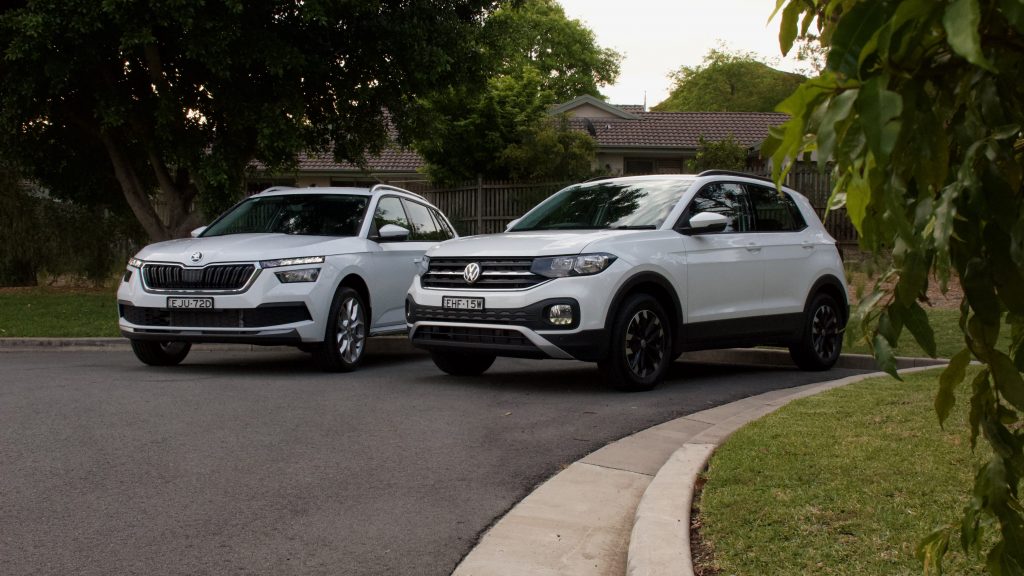
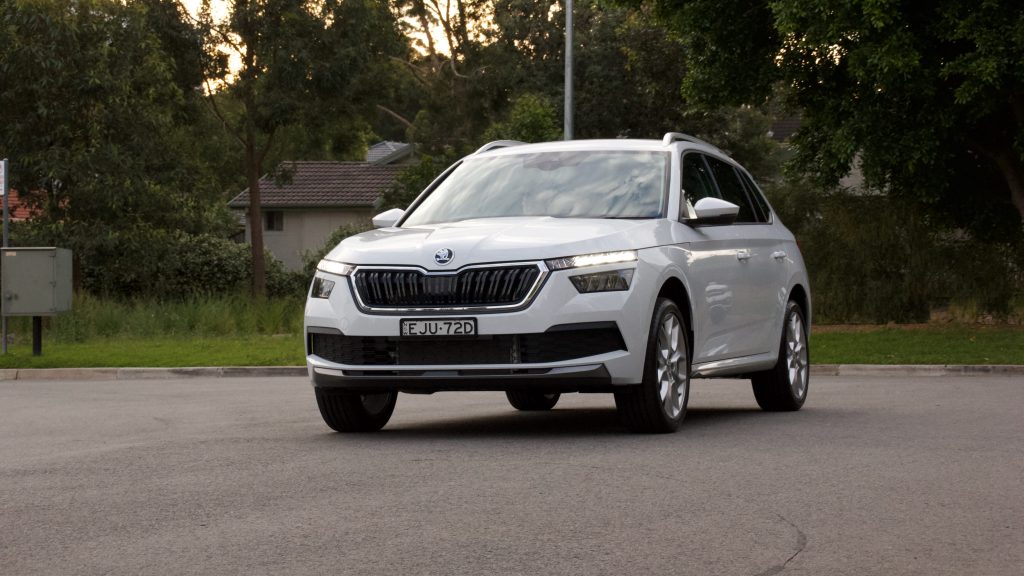
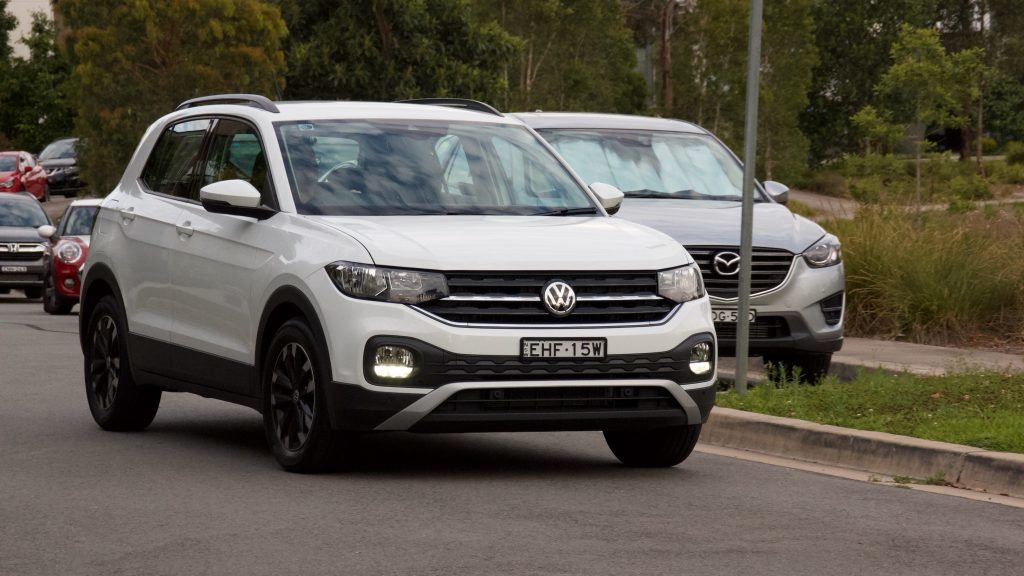
But parent company Volkswagen has also been adding to its SUV stable and recently launched the 2020 Volkswagen T-Cross into Australia. It’s priced from $27,990 too (though that’s plus on-road costs) and like the Kamiq, it’s a well-sized and practical car that’s sure to win many friends locally. But which is best? The 2020 Skoda Kamiq vs the 2020 Volkswagen T-Cross. The family showdown. Should you buy the newer Skoda or stick to its parent company? Read on.
Price and Specs:
We’re testing the entry level auto variants of both cars, which are both priced at $29,990 drive away. Both come standard with auto lights and wipers, an 8.0-inch touchscreen with Apple CarPlay and Android Auto, rear parking sensors with a reversing camera, LED tailights, an auto-dimming rear mirror, wireless phone charging, height-adjustable front seats with lumbar adjustment, roof rails, tyre pressure monitoring, four charging ports (the Skoda has the newer USB C type – you’ll need an adaptor for most phones) and a leather steering wheel, gearknob and handbrake.
Safety kit is reasonable in both too with automatic emergency braking with pedestrian and cyclist detection, driver fatigue monitoring, rear automatic braking and lane keep assist.
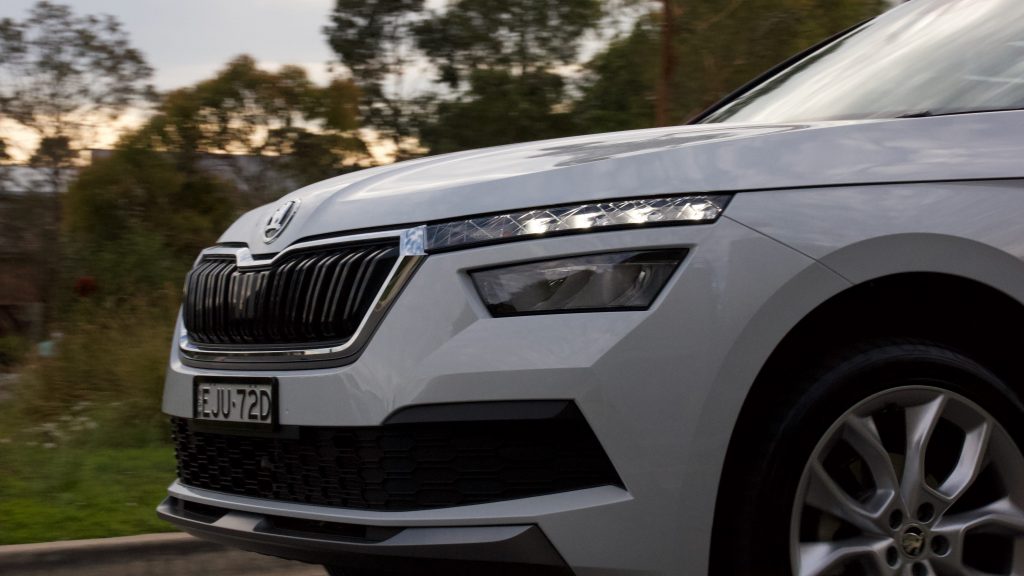
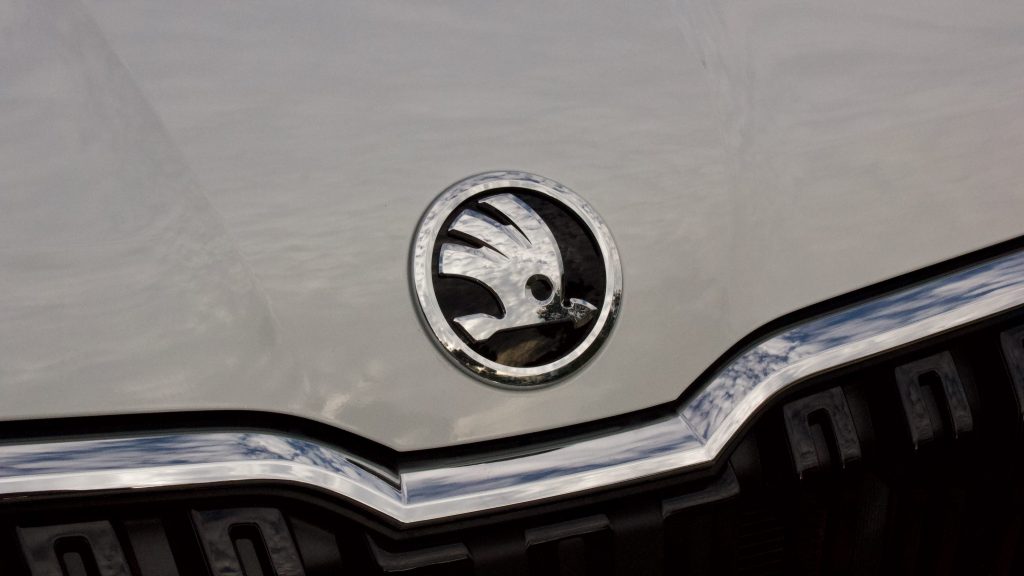
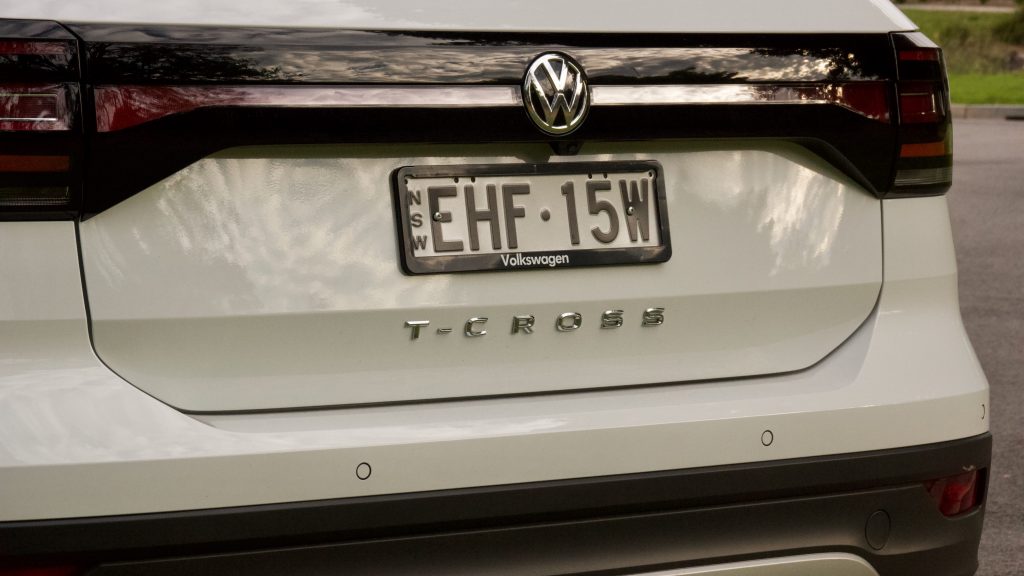
From there, the 2020 Skoda Kamiq really hones Skoda’s significantly stronger value equation. Over the T-Cross, the Kamiq gets larger 18-inch wheels, keyless entry and push button start, an electric bootlid, LED lighting with scrolling rear indicators, an alarm, dual-zone climate control, a digital driver’s display, two extra speakers for a total of eight, floor mats, a driver’s knee airbag, adaptive cruise control with stop and go functionality, rear air vents and auto-folding mirrors. There’s also Skoda’s usual practical touches such as boot hooks and nets, an umbrella in the driver’s door and an ice scraper/magnifier in the fuel filler door.
What does the VW add to the Skoda’s equipment tally? Front fog lights with cornering functionality, front parking sensors, a dual-level boot floor and a sliding rear seat but that’s it. The Kamiq is the better value car upfront – not only is it better value than its cousin, but it’s also better value than competitors such as the Nissan Juke, Ford Puma and Mazda CX-3.
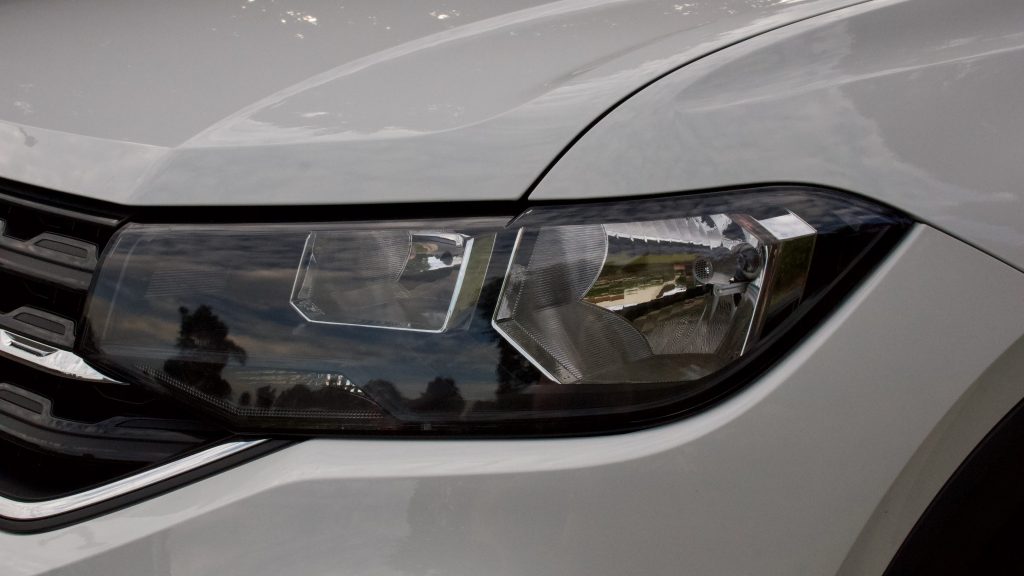
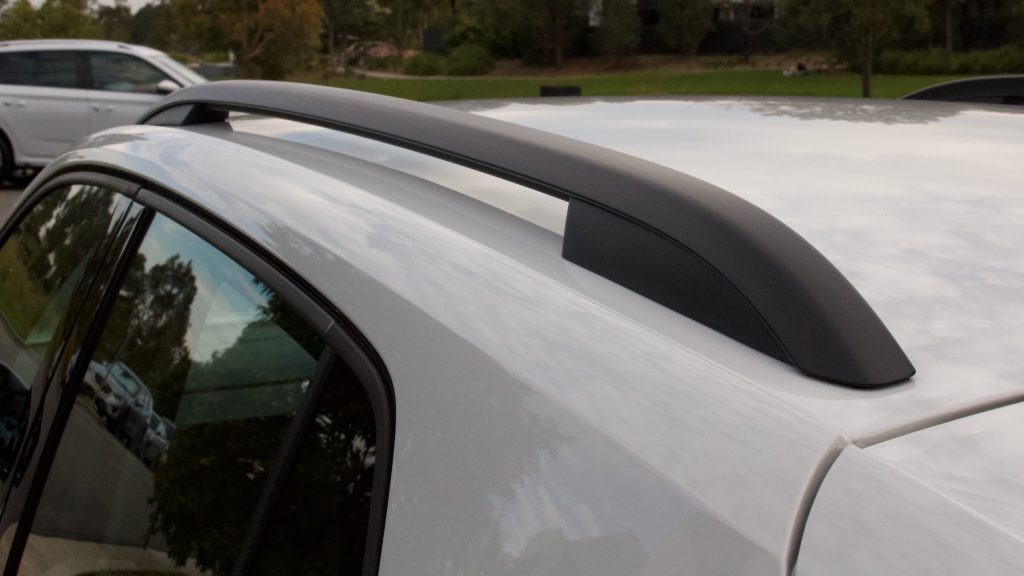
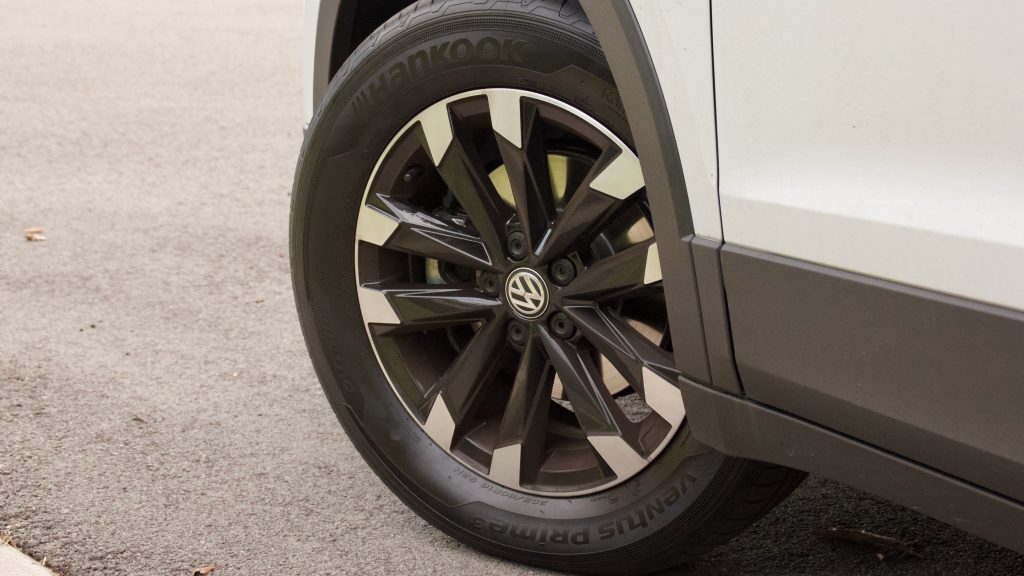
Of course, you can add more to either car – both cars have upper models, or you can add option packs. Optional on the Skoda is the $4,100 Driver Support Pack (this adds half leather/suede upholstery with heated front and rear seats, an electric driver’s seat, auto parking and blind-spot monitoring with rear cross-traffic alert) and the $3,800 Tech Pack (which adds a larger 9.2-inch centre screen with inbuilt nav, wireless Apple CarPlay, an upgraded sound system, front scrolling indicators and cornering lights). Metallic paint is $550, and a panoramic glass roof is $1,300.
The T-Cross can be had with the $1,200 Driver Assist Pack (which adds auto parking, adaptive cruise control, auto-folding mirrors and blind-spot monitoring with rear cross-traffic alert) and the $1,900 Sound and Vision Pack (which adds a 300W Beats audio system, inbuilt navigation, a digital driver’s display and wireless phone charging). Metallic paint is $600, and no sunroof is available.
Performance & Economy:
Under the skin, the Kamiq and T-Cross are the same car. They sit on the same platform and they use the same engine and transmission, so that means they drive the same, right? Somehow, no. The 85kW/200Nm 1.0-litre turbocharged three-cylinder petrol engine in both cars is an absolute gem – it’s punchy, efficient and has a tonne of character thanks to its muscular noise.
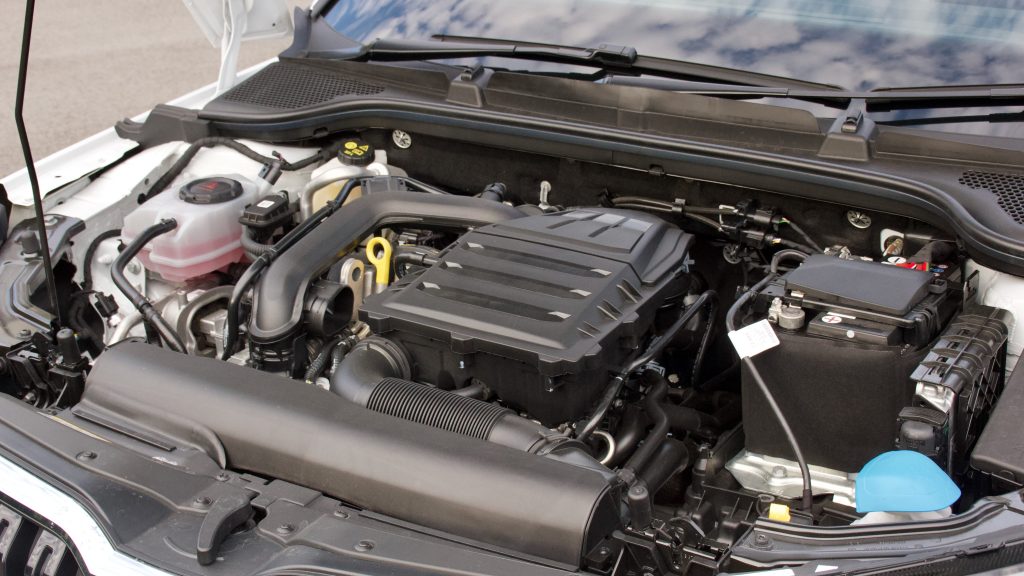
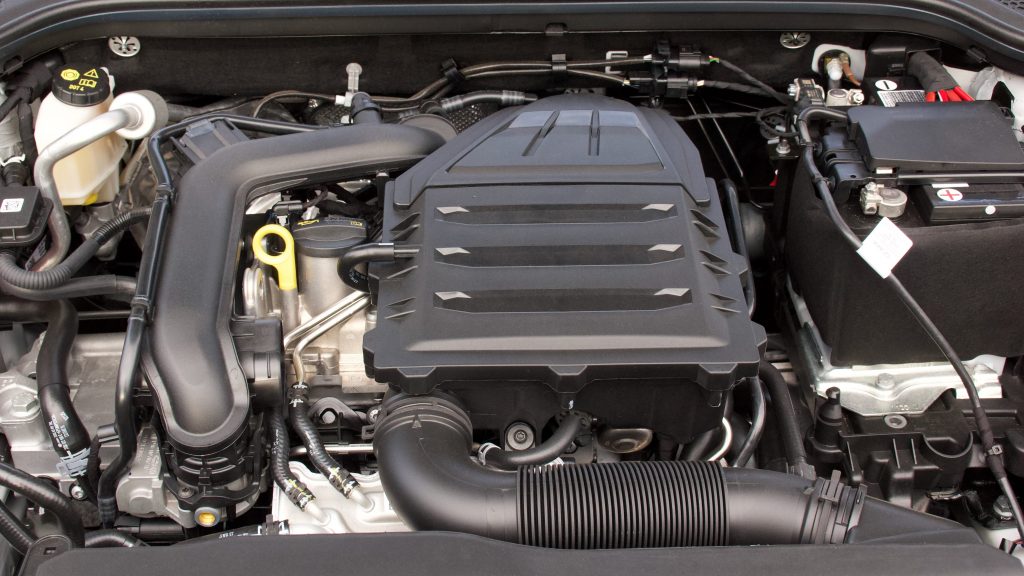
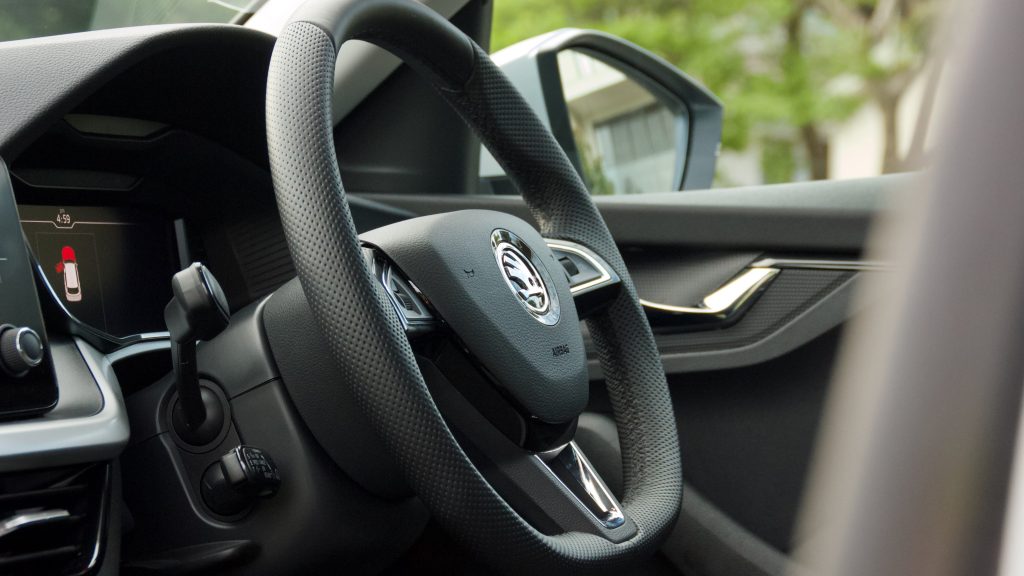
The 2020 Skoda Kamiq does feel slightly quicker than the T-Cross, which is due to its lower weight – its 1,211kg tare mass is 30kg less than the T-Cross. Skoda claims a 10 second 0-100km/h sprint time – 0.2 seconds faster than the T-Cross and fuel economy is also slightly better in the Kamiq too at 5.0L/100km versus 5.4L/100km in the T-Cross. Both engines need minimum 95RON fuel.
While the Skoda can be had with a six-speed manual (thank you Skoda!), both cars come with a seven-speed dual-clutch automatic transmission as tested. While it shifts very quickly, it’s not the most intuitive transmission, especially at lower speeds where it can be indecisive. Strangely, it was slightly better in the Skoda – perhaps the Czechs have massaged it. Regardless, turning the stop start system off makes for smoother progress as it can be very keen to cut the engine, even before you’ve come to a complete stop.
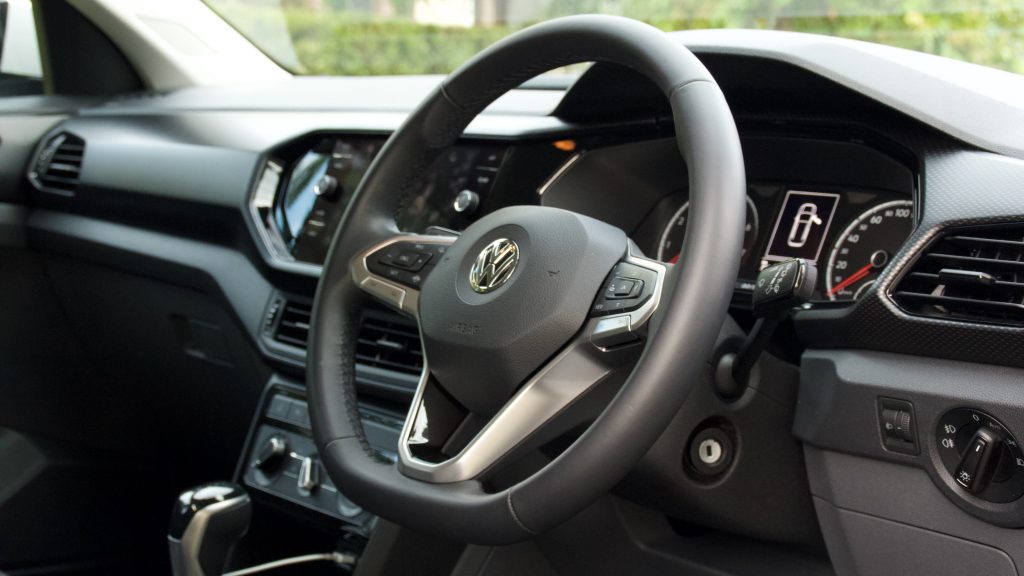
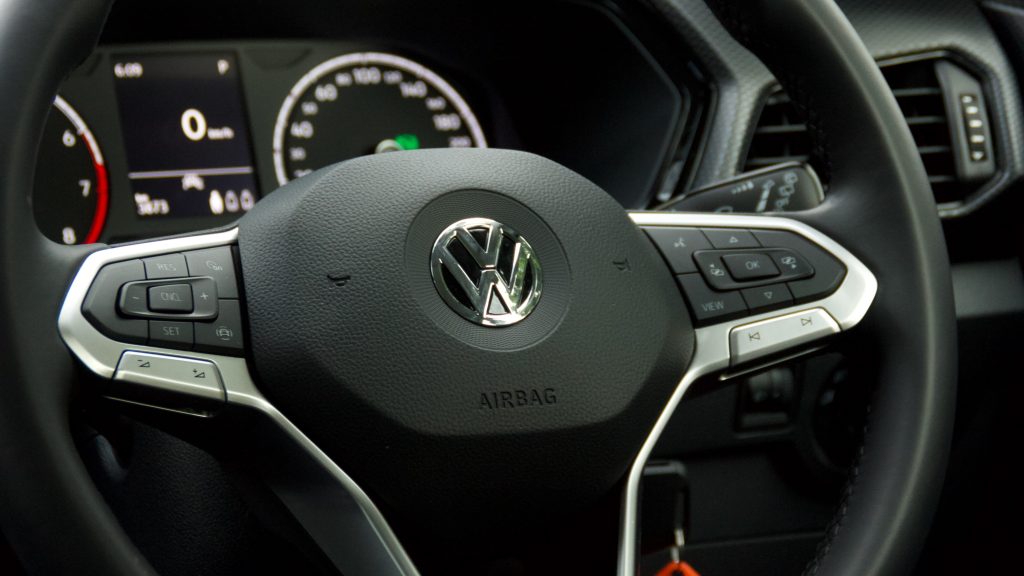
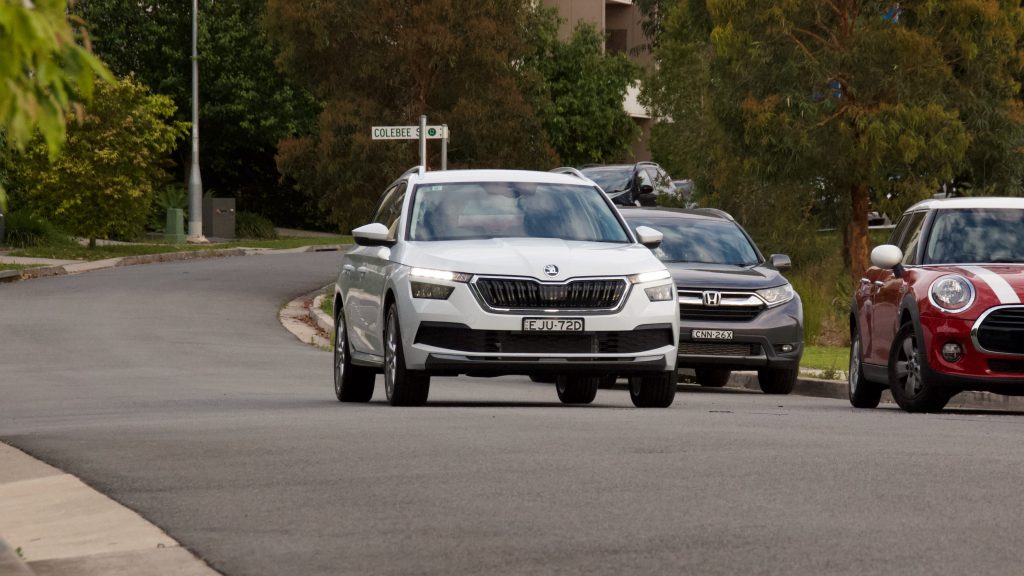
Skoda will eventually offer a larger 110kW/250Nm 1.5-litre four-cylinder petrol engine in the Kamiq Monte Carlo and Limited Edition models, though they’re not on sale yet – the 1L is the sole engine available in the T-Cross for now and those wanting more grunt have to step up to the larger T-Roc. While we appreciate that some people will want more engine, the 1.0-litre is perfectly fine for most driving and competitors such as the CX-3 and Kona are offer similar performance with a greater thirst for fuel.
Ride & Handling:
As mentioned, both the 2020 Skoda Kamiq and the 2020 Volkswagen T-Cross ride on the same MQB-A0 platform as the current Volkswagen Polo. The T-Cross is more upright in its dimensions and measures 4,108mm long, 1,760mm wide, 1,583mm tall and has a 2,530mm long wheelbase – the Kamiq is slightly longer and wider at 4,241mm long and 1,793mm wide, though its height is actually 121mm shorter.
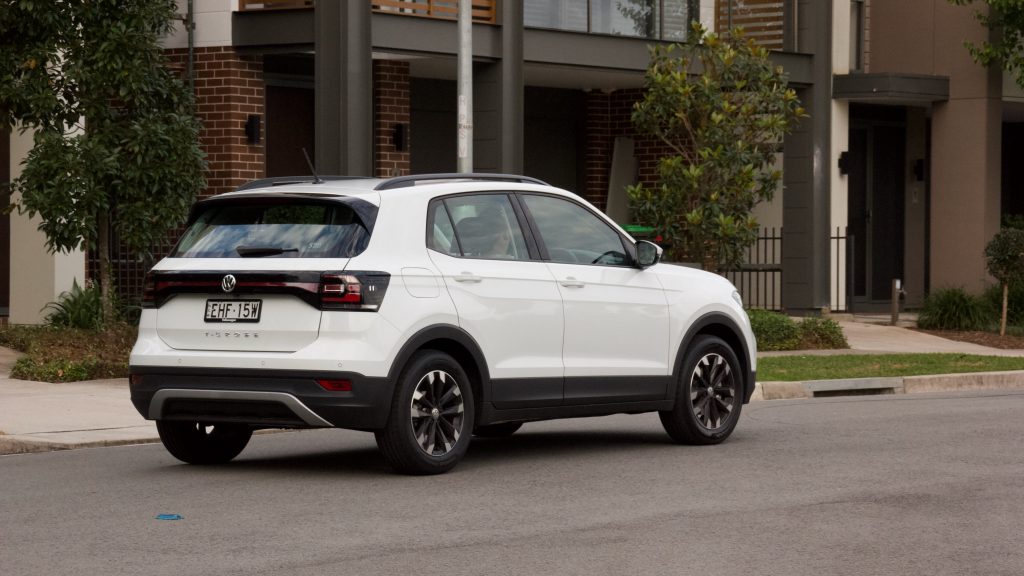
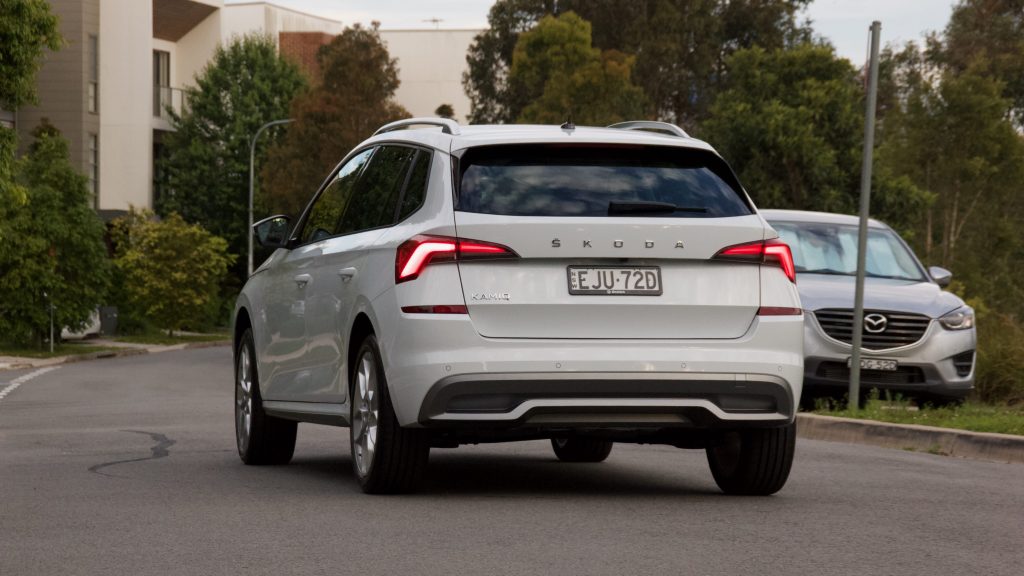
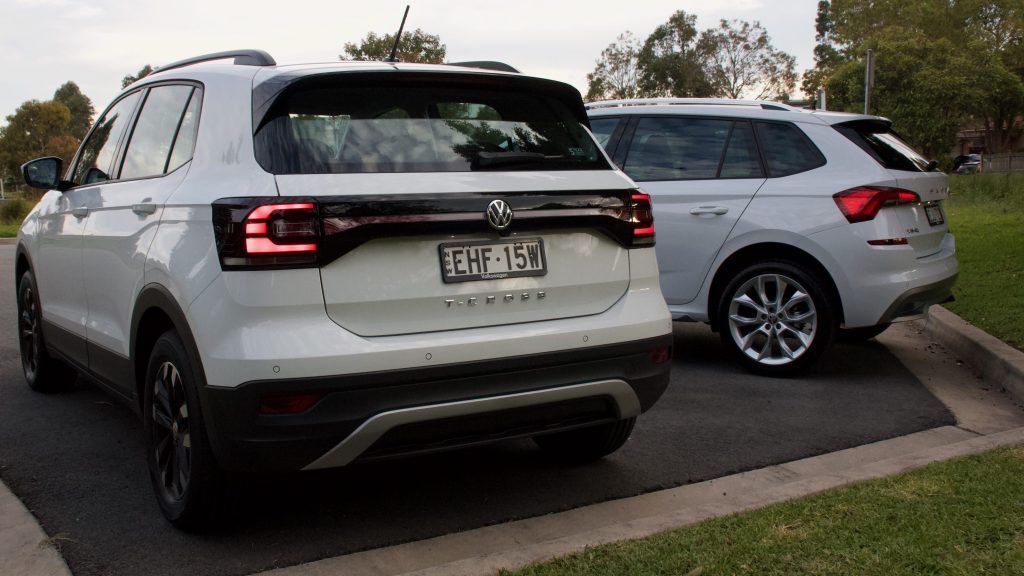
Because of its longer wheelbase and despite having larger 18-inch wheels as standard, the Kamiq’s ride quality is equal to the T-Cross. Both are well damped – they can feel slightly firm on initial bump impact, though they both settle very quickly. Dynamically, both are fun cars to chuck around though the Kamiq rolls less than the T-Cross and its steering feels more natural as well. Both have excellent visibility thanks to large windows and mirrors, and their road noise levels are low for the segment though three-cylinder noise is heard at higher revs.
Interior & Practicality:
From the outset, it’s obvious how practical and well thought-out both the 2020 Skoda Kamiq and 2020 Volkswagen T-Cross are inside. Both have plenty of storage solutions, large boots with clever features and back seats that fit human beings of a reasonable height – try saying that about a CX-3! They’re also very well built with a built-to-last feeling. Their use of tech is great too with clear and crisp 8.0-inch touchscreens with smartphone integration, wireless charging ports and USB ports for both front and rear passengers.
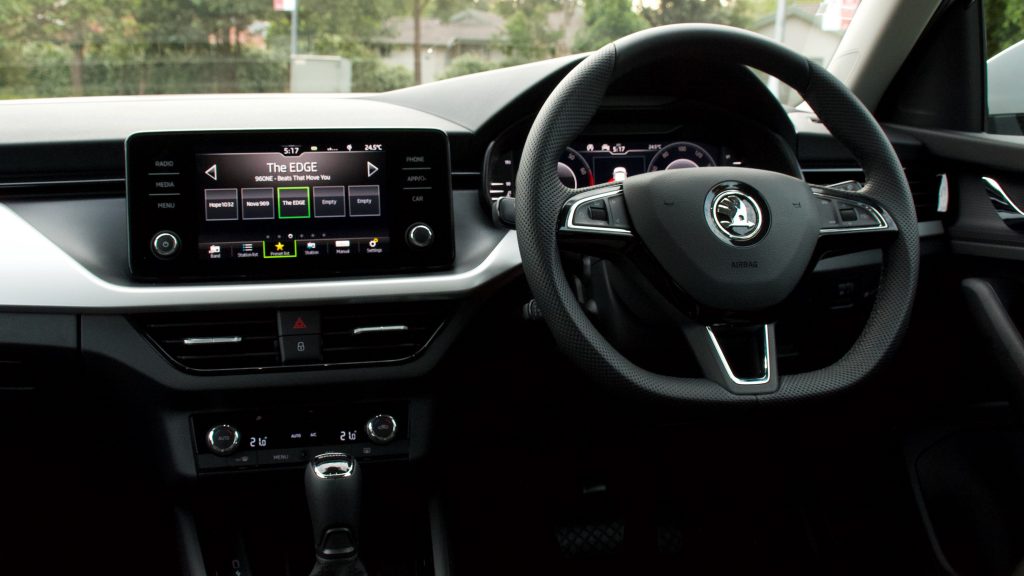
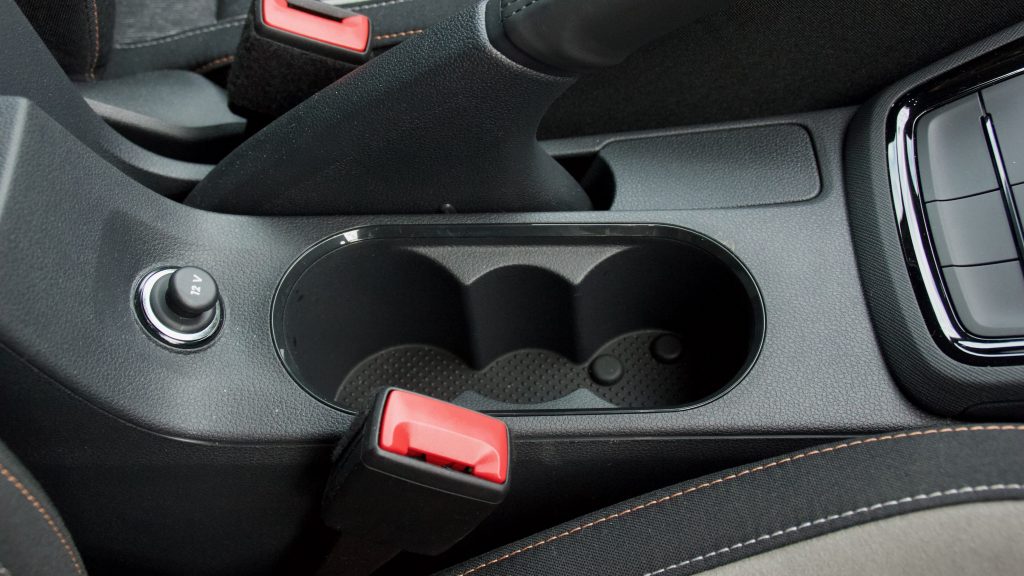
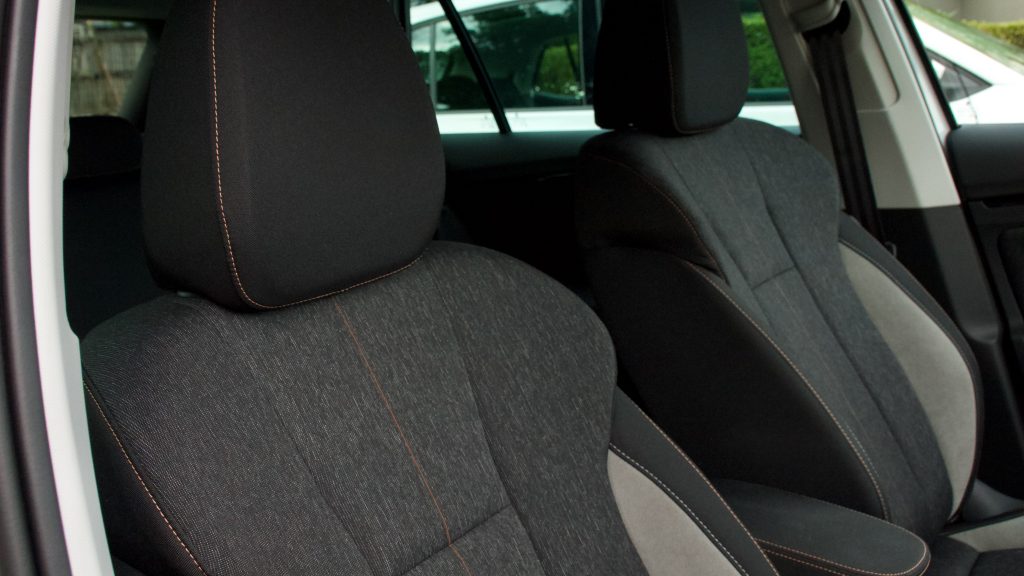
Yet the Skoda Kamiq is the one that’s finished to a higher standard. The T-Cross has a disappointingly hard array of plastics, which is a direct contrast from the lovely soft touch materials that cover the Kamiq’s dashboard and front door tops. The T-Cross’ door panels are all hard with barely any padding, yet the Kamiq has a panel of the same lovely cloth material that the seat upholstery is made from. The Kamiq’s dashboard layout is more interesting too, and its standard digital driver’s display makes it feel even more expensive than the T-Cross inside.
Rear seat space is pretty good in both the T-Cross and Kamiq – my six-foot frame was easily able to fit behind my driving position in both. The Skoda is more family friendly however, with rear air vents as standard, as well as wider opening doors. Thankfully, both have rear USB charging ports and two map pockets, though no centre armrest.
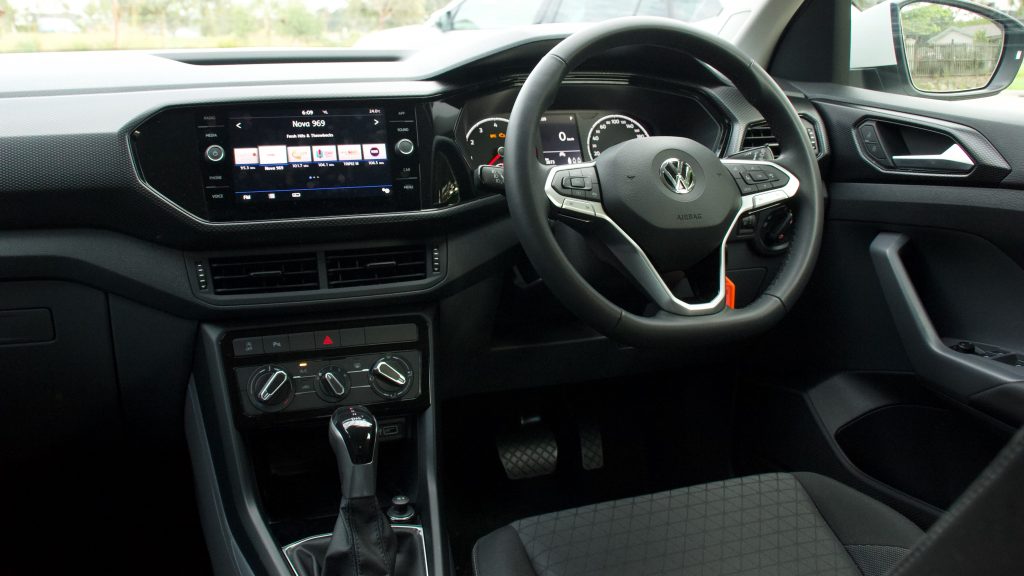
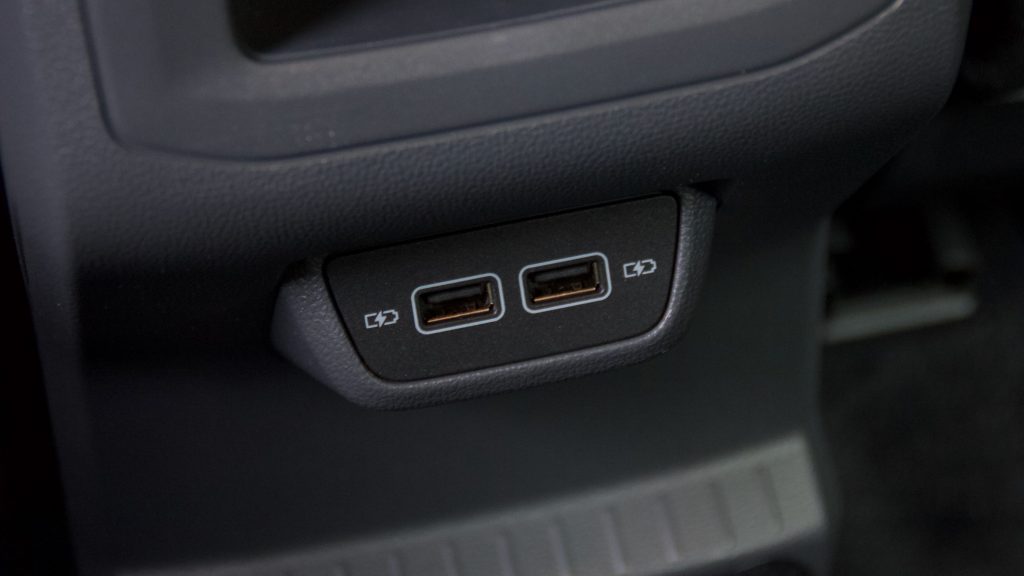
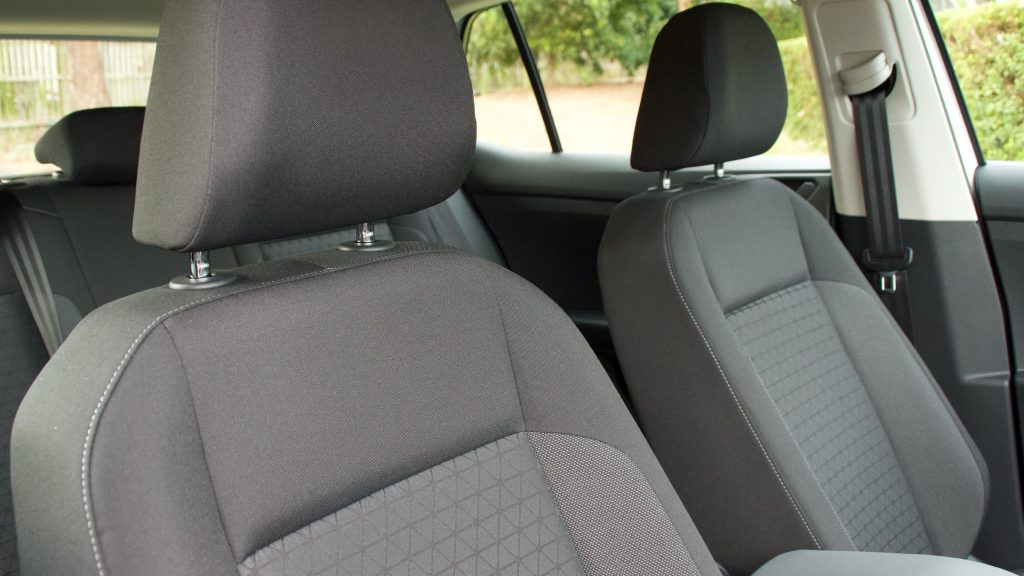
The boots of both cars are much cleverer than competitors. Because of its sliding rear seat, from 385-415L of bootspace is available in the T-Cross, whereas the Kamiq quotes 400L of space – folding the rear seats opens 1,395L of space in the Kamiq, and 1,281L in the T-Cross. The T-Cross has a dual-level boot floor as well, which allows the rear seats to be folded flat – the lip in the Kamiq can be annoying, though the various hooks, nets and even a magnetic detachable LED torch more than makes up for it.
Service & Warranty:
Both the 2020 Skoda Kamiq and 2020 Volkswagen T-Cross are covered by a five-year/unlimited km warranty, and a year of roadside assistance that is topped up by a year with each scheduled dealership service. Both brands offer capped price servicing for up to six years/90,000km and either three-year/45,000km or five-year/75,000km pre-paid service plans are available – the former on the T-Cross is $990 ($330 per service), while the latter is $1,800 ($360 per service), which saves owners $225 and $638 respectively over the capped price service cost.
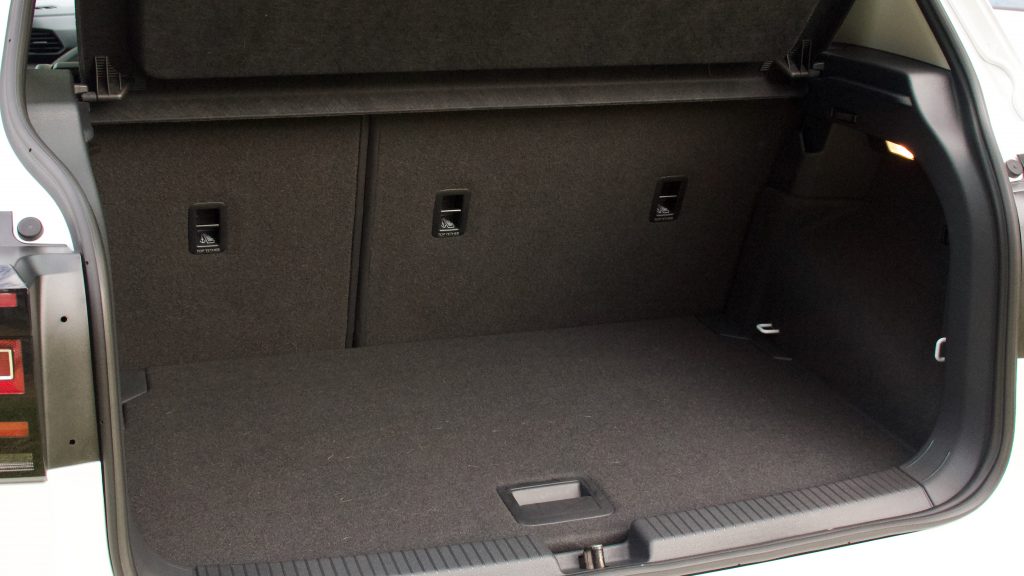
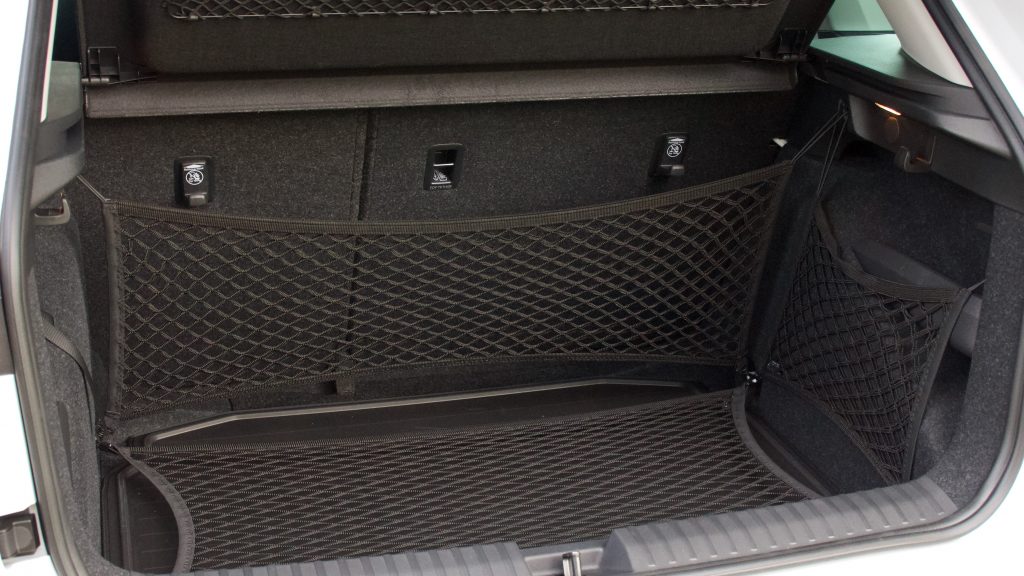

The Kamiq is not only cheaper to service than the T-Cross, but a lot of other rivals too. Over three years/45,000km, it costs $1,124 to service and $2,198 over five years/75,000km – service pack pricing for three years is $800 (a $324 saving) and just $1,400 for five (a $798 saving – and $400 cheaper than the equivalent service pack in the T-Cross).
If you still think that European cars are expensive to service, consider this: a Mazda CX-3 costs $1,218 over three years, but that’s only to 30,000km thanks to Mazda’s short 10,000km service intervals – almost $100 more and yet 15,000km less than the Skoda.
Which Euro small SUV do you buy?
From the outset, it’s obvious that the VW Group have created some excellent small SUVs in the 2020 Volkswagen T-Cross and 2020 Skoda Kamiq. They’re well featured, are well sorted on the road, very practical and attractively priced. But we weren’t expecting as much of a difference between the two either, and Skoda has created the more accomplished and polished product of the two.
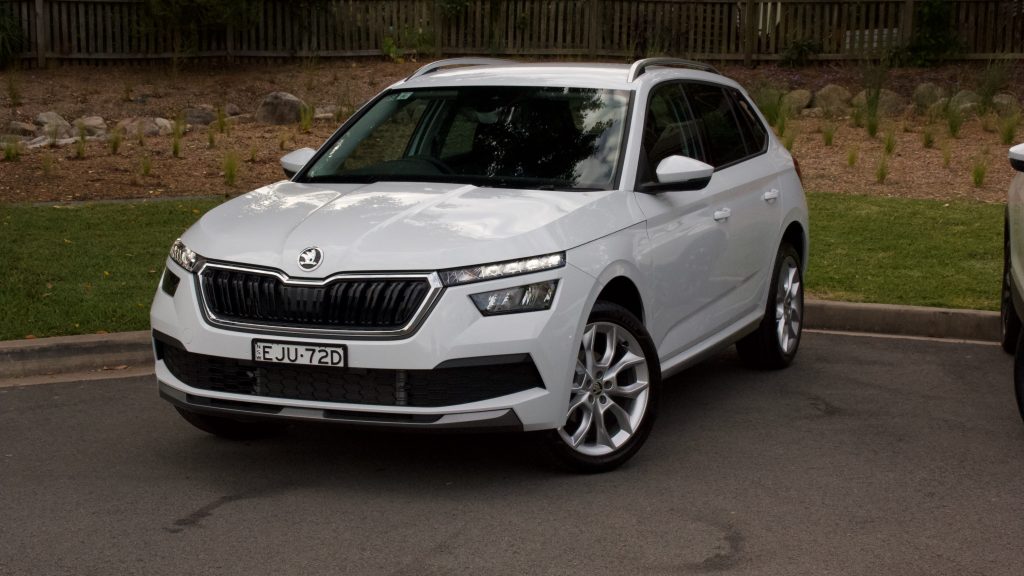
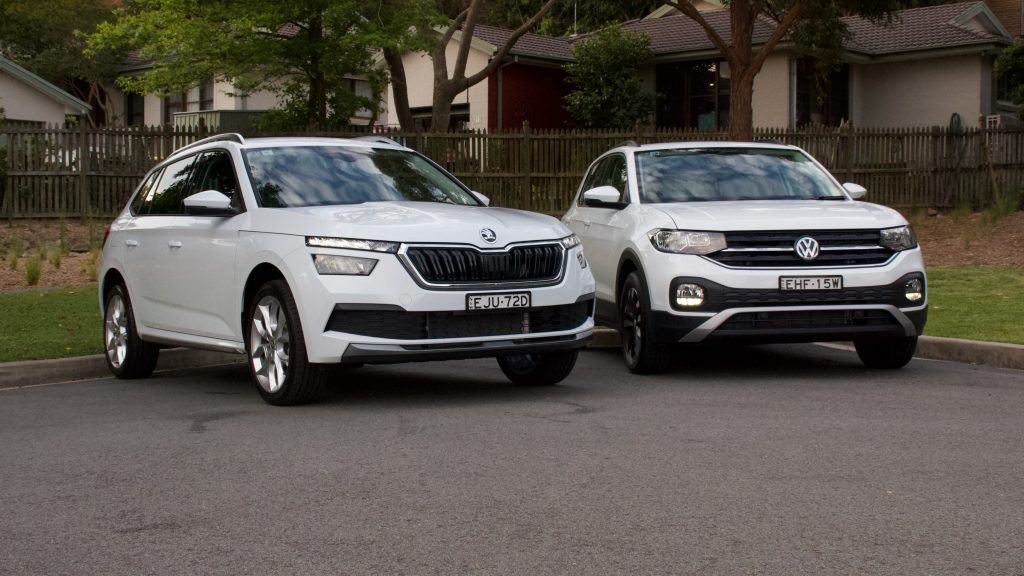
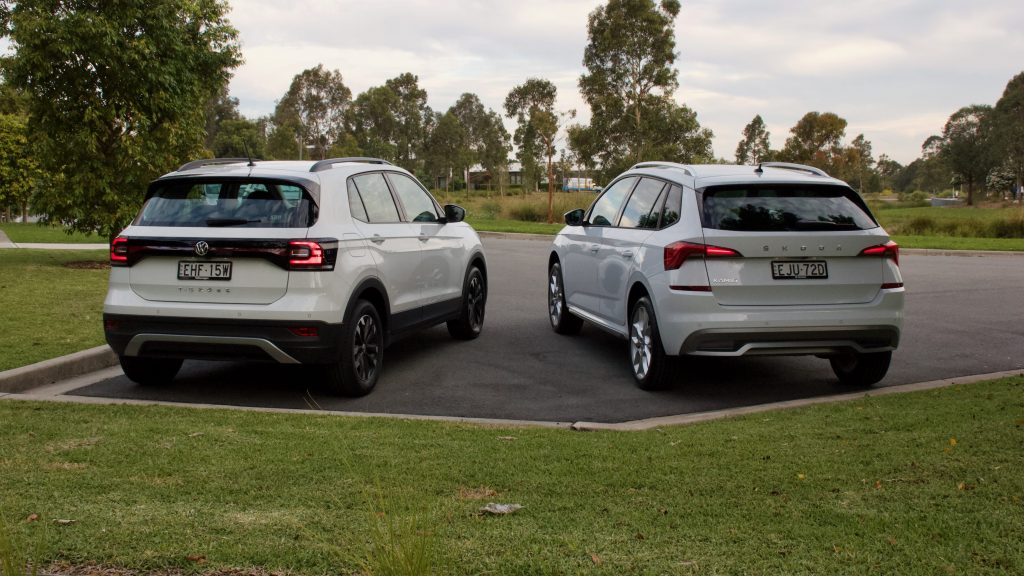
Not only is the Skoda Kamiq better value for money with a lot more equipment than its cousin, but its interior is much better quality, it’s more practical, rides just as well despite larger wheels and its aftersales value is stronger thanks to cheaper service costs. Plus, to our eyes, the Kamiq is the more attractive car and it has much more character than the Volkswagen as well. Like its larger Kodiaq and Karoq brothers, Skoda has created a star car with the Kamiq, and it further deserves to put the Czech brand on the map. It’s excellent.
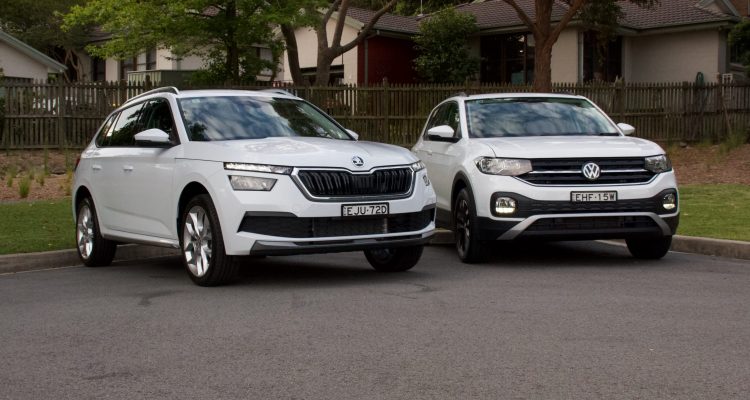
Leave a Reply